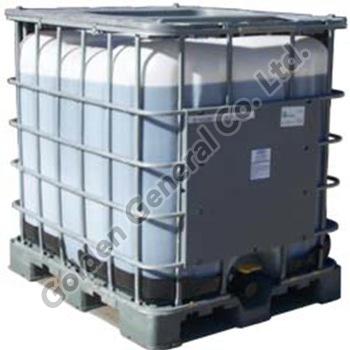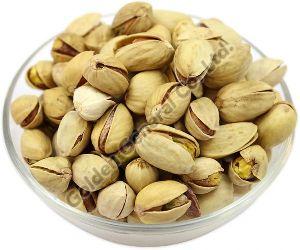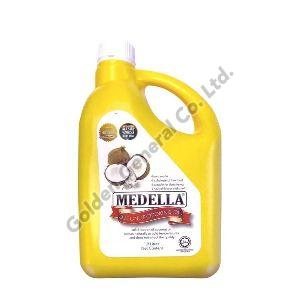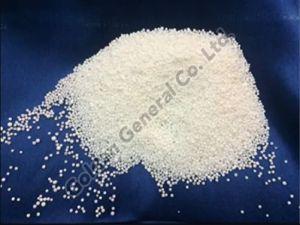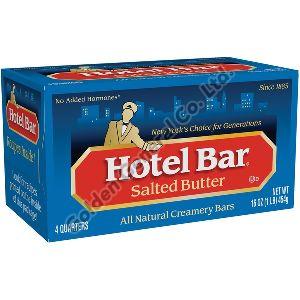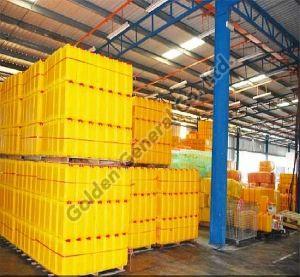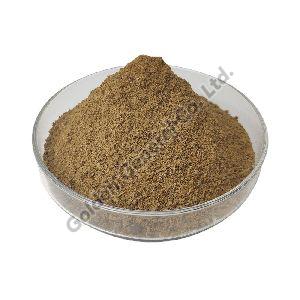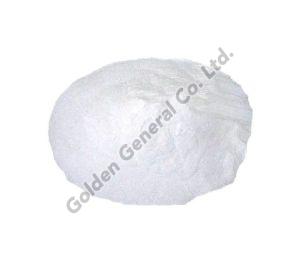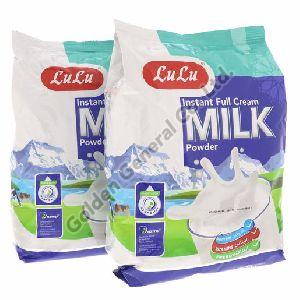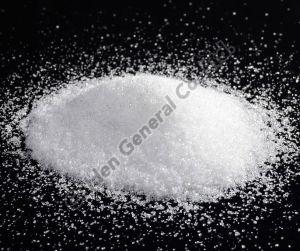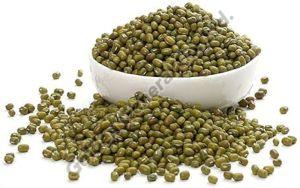| Business Type | Exporter, Supplier, Trader |
| CAS No. | 67-56-1 |
| Purity | 100% |
| Quantity | 55 Gallon |
| Click to view more | |
Product Details
Methanol, also known as methyl alcohol, carbinol, wood alcohol, wood naptha or wood spirits, is a chemical compound with chemical formula CH3OH. It is the simplest alcohol, and is a light, volatile, colourless, flammable, poisonous liquid with a distinctive odor that is somewhat milder and sweeter than ethanol (ethyl alcohol). It is used as an antifreeze, solvent, fuel, and as a denaturant for ethyl alcohol.
Methanol is produced naturally in the anaerobic metabolism of many varieties of bacteria. As a result, there is a small fraction of methanol vapor in the atmosphere. Over the course of several days, atmospheric methanol is oxidized by oxygen with the help of sunlight to carbon dioxide and water.
Methanol burns in air forming carbon dioxide and water:
2 CH3OH + 3 O2 → 2 CO2 + 4 H2O
A methanol flame is almost colorless. Care should be exercised around burning methanol to avoid burning oneself on the almost invisible fire.
Because of its poisonous properties, methanol is frequently used as a denaturant additive for ethanol manufactured for industrial uses? this addition of a poison economically exempts industrial ethanol from the rather significant ‘liquor’ taxes that would otherwise be levied as it is the essence of all potable alcoholic beverages. Methanol is often called wood alcohol because it was once produced chiefly as a byproduct of the destructive distillation of wood. It is now produced synthetically by a multi-step process. In short, natural gas and steam are reformed in a furnace to produce hydrogen and carbon monoxide; then, hydrogen and carbon monoxide gases react under pressure in the presence of a catalyst. The reforming step is endothermic and the synthesis step is exothermic.
History
In their embalming process, the ancient Egyptians used a mixture of substances, including methanol, which they obtained from the pyrolysis of wood. Pure methanol, however, was first isolated in 1661 by Robert Boyle, who called it spirit of box, because he produced it via the distillation of boxwood. It later became known as pyroxylic spirit. In 1834, the French chemists Jean-Baptiste Dumas and Eugene Peligot determined its elemental composition.
They also introduced the word methylene to organic chemistry, forming it from Greek methy = “wine” + h?l? = wood (patch of trees). Its intended origin was “alcohol made from wood (substance)”, but it has Greek language errors. The term “methyl” was derived in about 1840 by back-formation from methylene, and was then applied to describe “methyl alcohol”. This was shortened to “methanol” in 1892 by the International Conference on Chemical Nomenclature. The suffix -yl used in organic chemistry to form names of radicals, was extracted from the word “methyl”.
In 1923, the German chemist Matthias Pier, working for BASF developed a means to convert synthesis gas (a mixture of carbon oxides and hydrogen) into methanol. This process used a zinc chromate catalyst, and required extremely vigorous conditions?pressures ranging from 30?100 MPa (300?1000 atm), and temperatures of about 400 ?C. Modern methanol production has been made more efficient through use of catalysts (commonly copper) capable of operating at lower pressures.
The use of methanol as a motor fuel received attention during the oil crises of the 1970s due to its availability and low cost. Problems occurred early in the development of gasoline-methanol blends. As a result of its low price some gasoline marketers over blended. Others used improper blending and handling techniques. This led to consumer and media problems and the last time out of methanol blends.
However, there is still a great deal of interest in using methanol as a neat (unblended) fuel. The flexible-fuel vehicles currently being manufactured by General Motors, Ford and Chrysler can run on any combination of ethanol, methanol and/or gasoline. Neat alcohol fuels will become more widespread as more flexible-fuel automobiles are manufactured.
In 2006 astronomers using the MERLIN array of radio telescopes at Jodrell Bank Observatory discovered a large cloud of methanol in space, 300 billion miles across.
Production
Today, synthesis gas is most commonly produced from the methane component in natural gas rather than from coal. Three processes are commercially practiced. At moderate pressures of 1 to 2 MPa (10?20 atm) and high temperatures (around 850 ?C), methane reacts with steam on a nickel catalyst to produce syngas according to the chemical equation:
CH4 + H2O → CO + 3 H2
This reaction, commonly called steam-methane reforming or SMR, is endothermic and the heat transfer limitations place limits on the size of the catalytic reactors used. Methane can also undergo partial oxidation with molecular oxygen to produce syngas, as the following equation shows:
2 CH4 + O2 → 2 CO + 4 H2
this reaction is exothermic and the heat given off can be used in-situ to drive the steam-methane reforming reaction. When the two processes are combined, it is referred to as autothermal reforming. The ratio of CO and H2 can be adjusted by using the water-gas shift reaction,
CO + H2O → CO2 + H2,
to provide the appropriate stoichiometry for methanol synthesis.
The carbon monoxide and hydrogen then react on a second catalyst to produce methanol. Today, the most widely used catalyst is a mixture of copper, zinc oxide, and alumina first used by ICI in 1966. At 5?10 MPa (50?100 atm) and 250 ?C, it can catalyze the production of methanol from carbon monoxide and hydrogen with high selectivity
CO + 2 H2 → CH3OH
It is worth noting that the production of synthesis gas from methane produces 3 moles of hydrogen for every mole of carbon monoxide, while the methanol synthesis consumes only 2 moles of hydrogen for every mole of carbon monoxide. One way of dealing with the excess hydrogen is to inject carbon dioxide into the methanol synthesis reactor, where it, too, reacts to form methanol according to the chemical equation
CO2 + 3 H2 → CH3OH + H2O
Although natural gas is the most economical and widely used feedstock for methanol production, other feedstocks can be used. Where natural gas is unavailable, light petroleum products can be used in its place. The South African firm Sasol produces methanol using synthesis gas from coal.
Uses
Methanol is used on a limited basis to fuel internal combustion engines, mainly by virtue of the fact that it is not nearly as flammable as gasoline. Methanol blends are the fuel of choice in open wheel racing circuits like Champ cars, as well as in radio controlled model airplanes (required in the “glow-plug” engines that primarily power them), cars and trucks. Dirt circle track racecars such as Sprint cars, Late Models, and Modifieds use methanol to fuel their engines.
Drag racers and mud racers also use methanol as their primary fuel source. Methanol is required with a supercharged engine in a Top Alcohol Dragster and, until the end of the 2005 season, all vehicles in the Indianapolis 500 had to run methanol. Mud racers have mixed methanol with gasoline and nitrous oxide to produce more power than gasoline and nitrous oxide alone.
In addition to direct use as a fuel, methanol (or less commonly, ethanol,) is used as a component in the chemical formation of biodiesel fuel.
Methanol is a traditional ingredient in methylated spirit or denatured alcohol.
During World War II, methanol was used as a fuel in several German military rocket designs, under name M-Stoff, and in a mixture as C-Stoff.
One of the drawbacks of methanol as a fuel is its corrosivity to some metals, including aluminum. Methanol, although a weak acid, attacks the oxide coating that normally protects the aluminum from corrosion.
Looking for "Methanol" ?
Explore More Products


